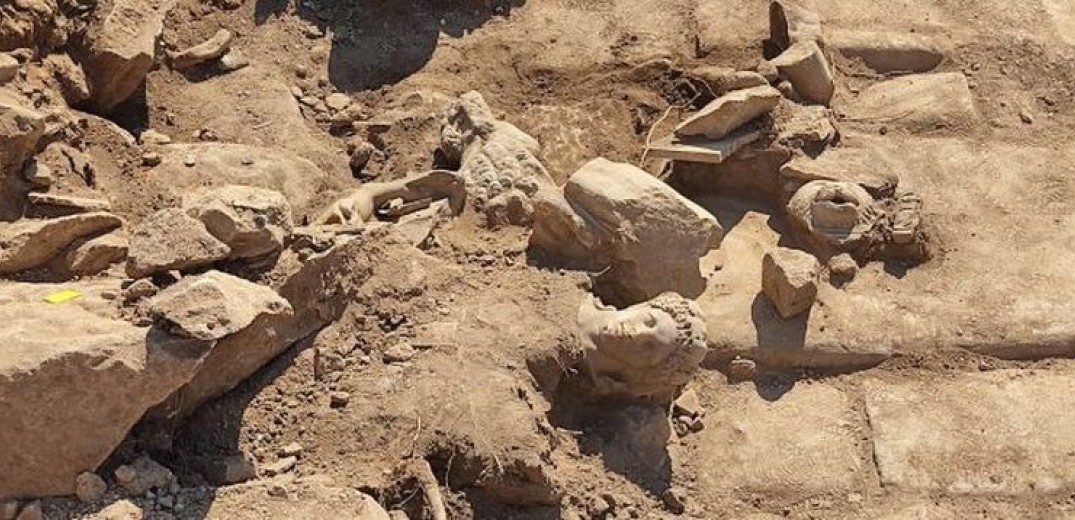
Stunning archeological discoveries in 2022 show that archaeology in Greece remains as exciting as ever with an entire city uncovered in the northern part of the country.
The spectrum of discoveries is breathtaking: lost cities, millennia-old sunken ships, intriguing inscriptions, miniature masterpieces of art carved in semi-precious stones, and once-busy ports.
10 best archaeological discoveries in Greece in 2022
Ancient odeum discovered on Crete
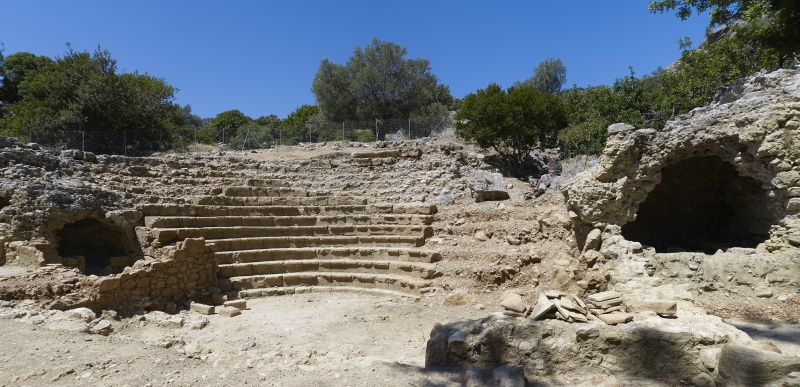
An ancient Greek theater has been discovered in October at the remote ancient site of Lissos south of Chania on Crete.
Facing east, the structure appears to be either an odeum, where musical activities took place, or a bouleuterion, where members of the assembly met.
According to preliminary information, the building appears to have been constructed in the early Roman years during the 1st century AD.
Lissos was an independent city, a religious center, and had powerful trading and fishing fleets during the 3rd century BC.
Ancient Greek town unearthed near Grevena
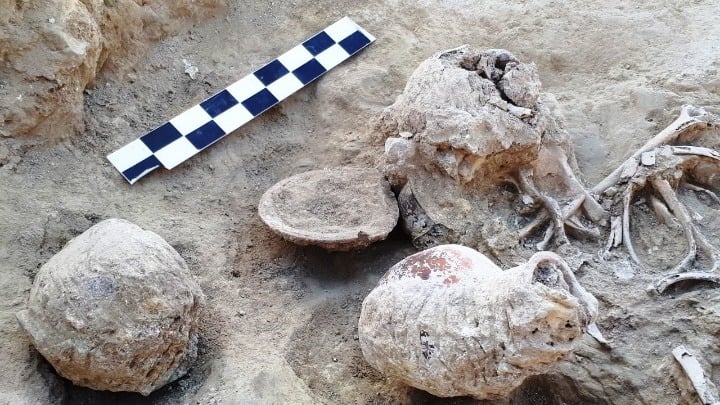
The remnants of an ancient Greek town, including public buildings and grave sites, were located at a site near the town of Grevena in northern Greece in March 2022. Artifacts from the site date from the sixth century BC to the seventh century AD.
Perhaps the most intriguing find from the ancient Greek town was a pair of Hellenistic stone tombs, each with a number of funerary objects located nearby, including amphorae, wine jugs, or oinochoes, bronze plates, and wine bowls called skyphoi, as well as small gold and silver relics.
Byzantine-era shipwreck full of amphorae
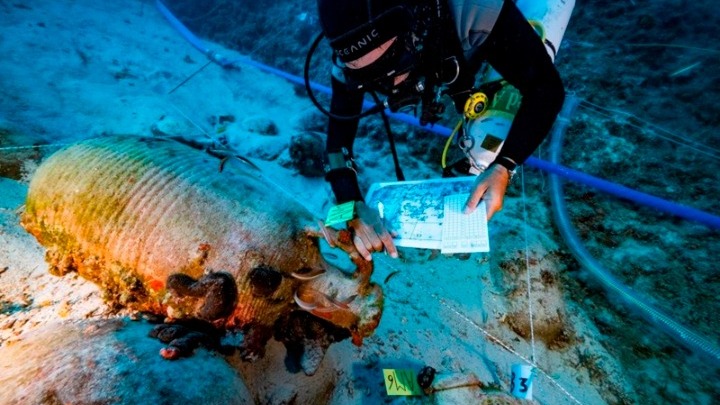
Excavations of a Byzantine shipwreck off the coast of the Greek island Samos in March revealed that the ship and its contents likely date to some time between 480 and 520 AD.
The shipwreck is located in the sea near the small Fournoi island group, which is southwest of Samos. The fifteen amphorae found in the sand near the wreck, along with the wooden skeleton of the ship itself, were in remarkably good condition.
The distinct style of one amphora is linked to the city of Sinope on the Black Sea, and six other amphorae are thought to be from Crimea and Heaclea Pontica on the Black Sea. Some ceramics found at the site are also connected to Phocaea in Asia Minor.
Ancient cemetery for infants on Astypalaia
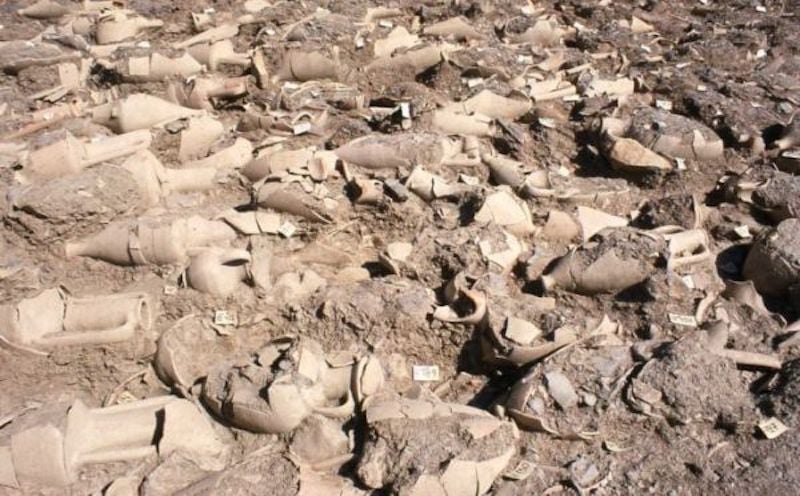
The study of the largest ancient cemetery for infants found on Astypalea island in Greece has found that almost all the infants buried at the site were newborns or, at most, a few months old. There are also a few toddlers that were up to two years of age.
The bodies of the babies were placed in ceramic containers, mainly amphorae or hydrias, which were buried in shallow pits with stones on top indicating that there was a tomb there.
Burial of newborns and babies in such receptacles was a rather common way of burial in ancient times.
What distinguishes the infants’ cemetery of Astypalea is the huge number of tombs and its use for nearly an entire millennium.
Ancient mosaic unearthed in Athens
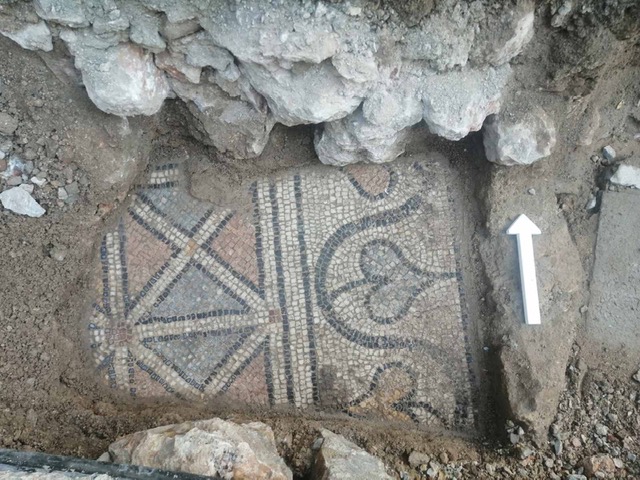
An ancient mosaic was uncovered during excavations in Theatrou Square in Athens in November. It was part of an extensive, late Roman building complex.
Different rooms with low ceilings have been partially revealed in the structure. Marble stone used as a pillar surrounds the middle room, which has a side length of 7.40 meters.
Previous excavations in adjacent properties have also revealed architectural features such as masonry and mosaic floors that seem to belong to the same complex.
Discovery on Lesvos “rewrites the history of the island”

The discovery of a 3.50-meter-long marble lintel on Greece’s Lesvos is likely to rewrite the island’s late Byzantine history, the Ministry of Culture said in September 2022.
The artifact was found during an excavation near the foundations of the Byzantine gate of the castle of Agioi Theodoroi and linked to the ancient city-state of Antissa, one of the ancient Aeolian city-states of the island of Lesvos.
Marble head discovered at the Antikythera shipwreck
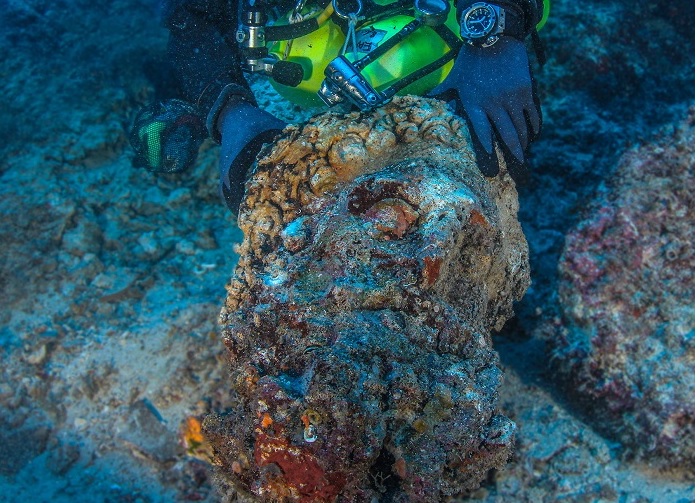
Scientists announced in June that they discovered what they believe is the marble head of Heracles, human teeth, and a trove of other artifacts related to the Antikythera shipwreck.
The new findings were discovered after massive rocks weighing several tons were lifted out of the sea and exposed parts of the shipwreck not visible to date.
These include a marble base of a statue which both bear lower limbs of a human form that are preserved and covered with a thick layer of sea crust.
Sea walls at Salamis revealed
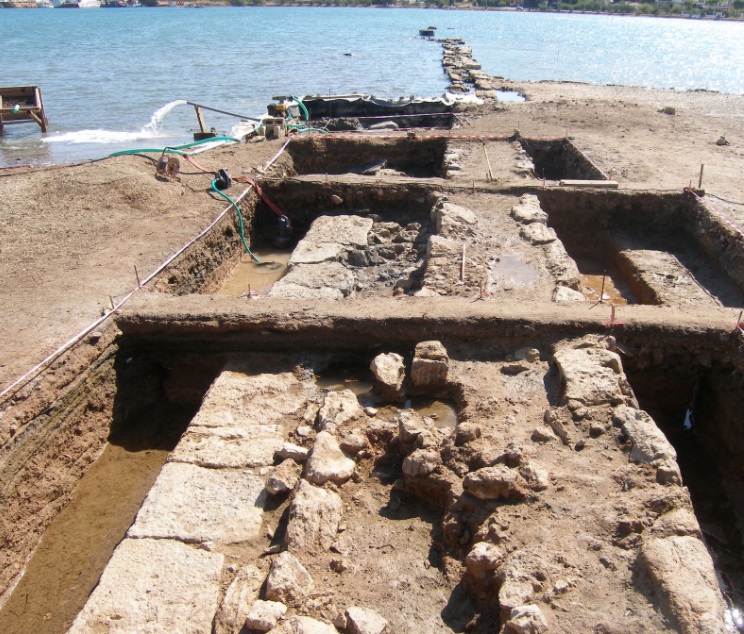
A large part of the submerged sea walls running alongside the ancient city’s harbor, where the Greek fleet gathered for the epic battle against the Persians in 480 BC, was revealed in September 2022.
Two distinct construction periods of the city walls were identified by the researchers, both dating back to the Classical era, starting from the 4th century BC.
Other findings from the excavation have included various pottery and marble fragments as well as an unidentified copper coin.
Statue of Heracles uncovered at Philippi
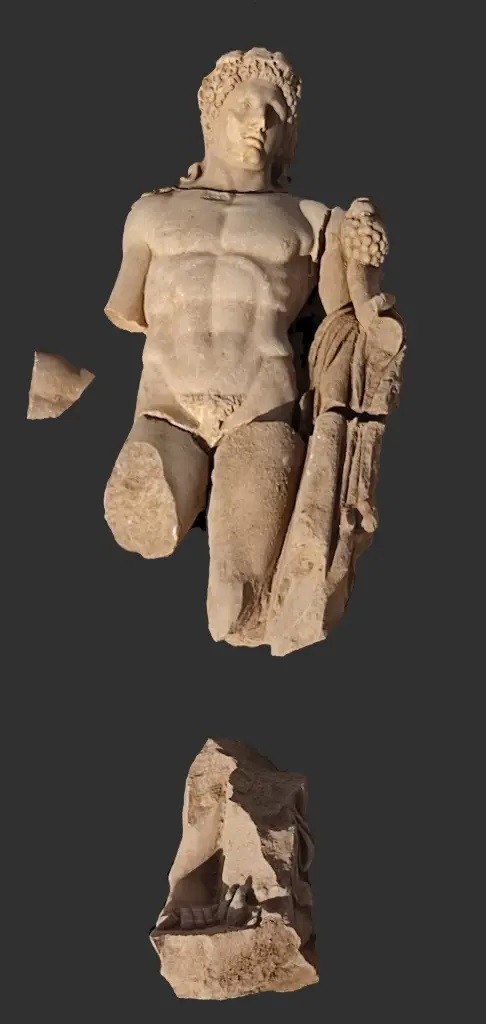
An impressive statue depicting Heracles from the Roman times was discovered at the ancient site of Philippi in northern Greece.
The statue from approximately the second century AD depicts a youthful, nude Heracles while a fragmented club and a lion hanging from the statue’s outstretched left-hand attest to the figure’s identity.
A wreath of vine leaves—held together by a ribbon in the back, the ends of which rest on Hercules’ shoulders—further adorns the statue. Alongside the statue, a richly decorated structure, potentially a fountain, was also found.
Ancient Greek artifacts unearthed on Crete
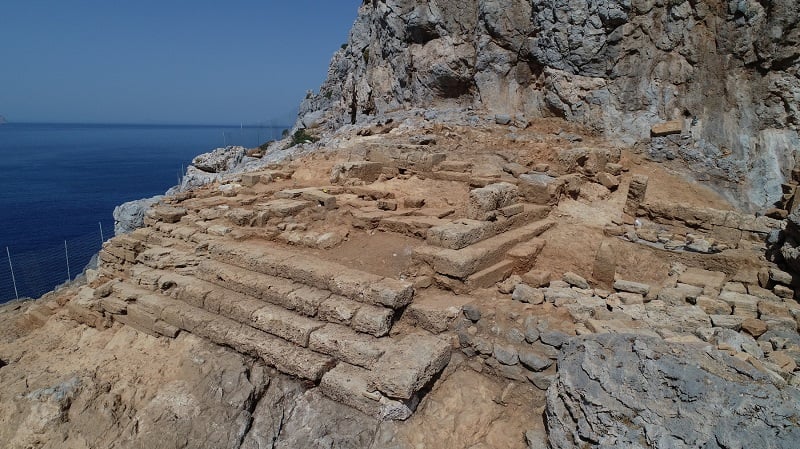
Hundreds of ancient Greek artifacts, including clay figurines of female figures dedicated to the Greek goddess Demeter, were discovered at the ancient Phalasarna Acropolis on Crete.
Phalasarna is a Greek harbor town on the west end of Crete that flourished during the Hellenistic period.
The findings are mainly from the Archaic period (700-500 BC) and were brought to light by the excavation of the central area of the ancient temple of Demeter.
See all the latest news from Greece and the world at Greekreporter.com. Contact our newsroom to report an update or send your story, photos and videos. Follow GR on Google News and subscribe here to our daily email!